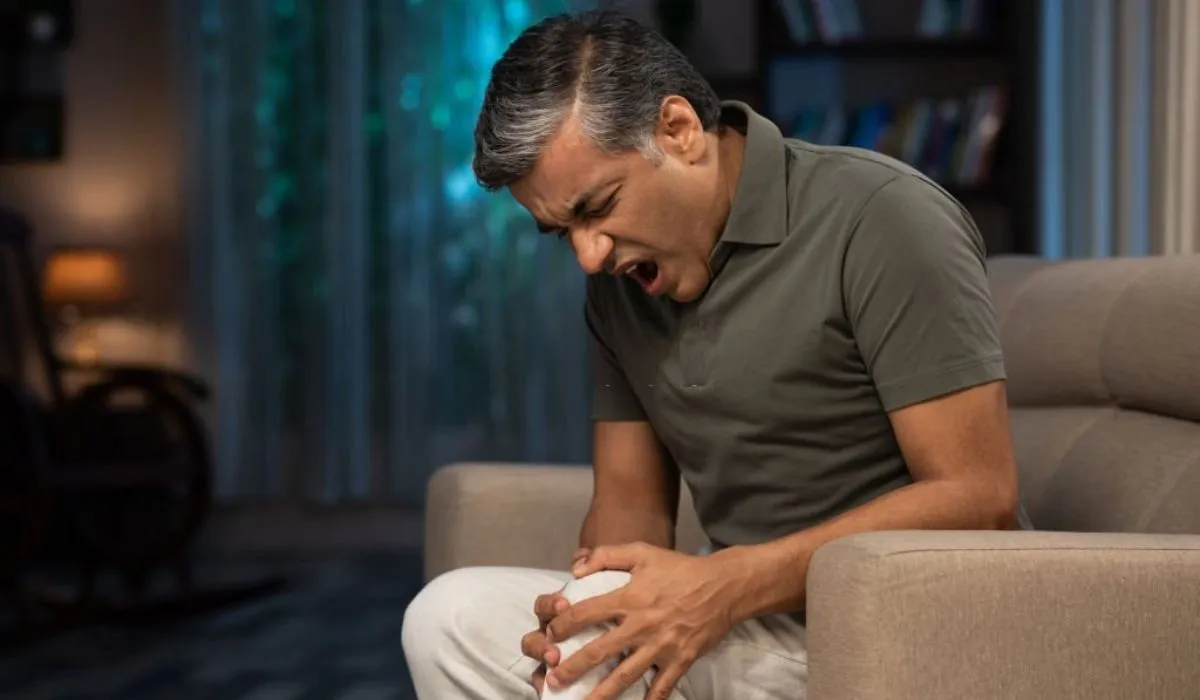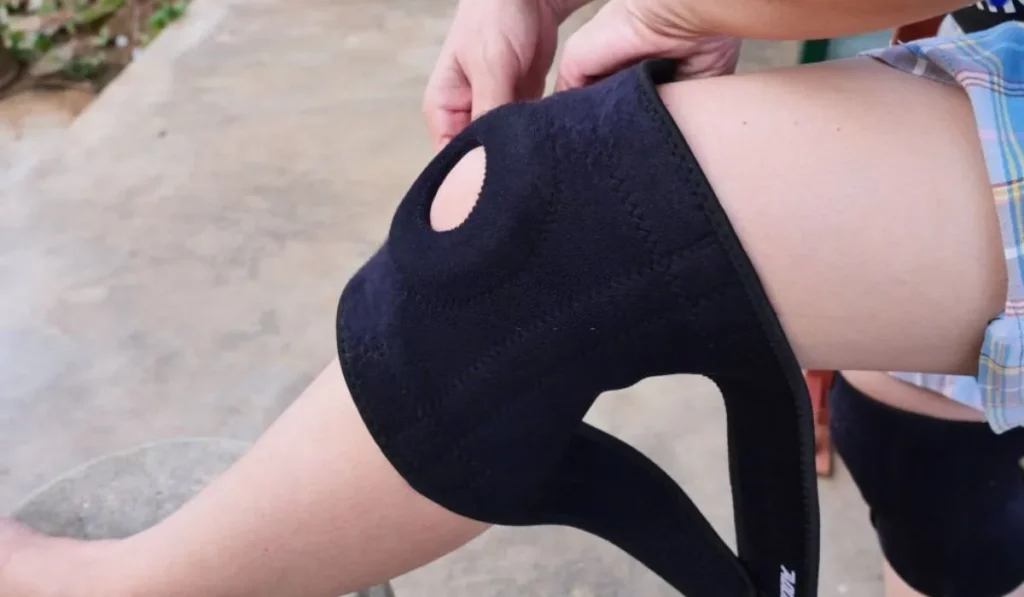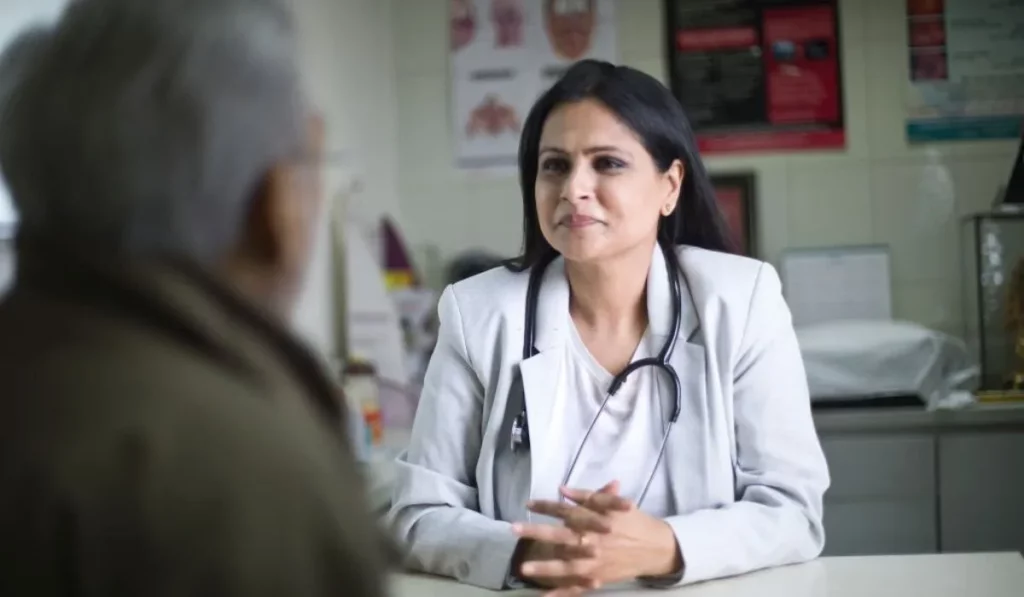Health
How To Manage Joint Pain In The Elderly? Effective Strategies For Relief

Joint pain becomes increasingly common as people enter their later years. Factors like osteoarthritis, injuries, obesity and inactivity put strain on joints over decades of use. Managing joint pain properly is key to maintaining mobility and quality of life in seniors.
This article covers the various approaches to managing joint pain including lifestyle remedies, medical treatment, physical therapy, alternative therapies, assistive devices, and seeking professional care.
With the right combination of strategies, joint pain can be alleviated significantly to help improve function and engagement in activities. This article will provide you some tips that will help you to manage joint pain in the elderly.
Understanding Joint Pain In Elderly
Joint pain has many sources as people age. Osteoarthritis from years of cartilage wear and tear is most common. Rheumatoid arthritis stemming from autoimmune dysfunction also occurs. Prior injuries like fractures and ligament tears damage joint structures over time. Being overweight stresses joints with excess load.

Repetitive use through sports, work, or hobbies causes overuse issues. Acute injuries, infections, gout attacks, and osteoporosis also lead to joint discomfort. Diagnosing the underlying cause informs proper management.
Lifestyle Modifications
Lifestyle remedies provide initial management for joint pain. Losing excess weight takes pressure off joints. Low impact cardio and muscle strengthening exercises improve fitness to support joints. Stretching maintains flexibility and range of motion.
Heat and cold therapy brings relief during flares. Braces, splints, and sleeves provide compression and improve stability. Anti-inflammatory foods like fruits, veggies, nuts and fatty fish help reduce inflammation. Some supplements may also assist in reducing joint discomfort.
Balanced Nutrition For Joint Health
A nutritious, balanced diet fuels the ability to manage joint pain. Protein foods provide building blocks for muscle, cartilage, and connective tissues. Fruits and vegetables deliver antioxidants to combat inflammation. Omega-3 fatty acids found in fish, nuts, seeds fight inflammation.
Staying hydrated keeps joints cushioned and prevents stiffness. Some specific supplements like glucosamine, chondroitin, turmeric, collagen, and hyaluronic acid target joint lubrication and cartilage regeneration. Avoiding pro-inflammatory foods like sugar, excess alcohol and processed carbs supports joint health.
Pain Management Strategies
Over-the-counter medications like acetaminophen, ibuprofen, aspirin and naproxen can temporarily alleviate joint pain. Topical creams with salicylates, menthol or capsaicin target localized discomfort.
For moderate to severe osteoarthritis pain, prescription anti-inflammatories, pain relievers, injections and compounds creams may be warranted. Nerve pain medications, muscle relaxants, and antidepressants may also help chronic issues. Surgery including joint repair, replacement or fusion can provide lasting relief for severely damaged joints.
Assistive Devices And Aids
Assistive devices reduce joint strain to ease pain. Canes, walkers, knee scooters and wheelchairs redistribute weight load. raised seats and grab bars facilitate standing and sitting. Reachers, long-handled tools and jar openers avoid excessive bending and strain.
Appropriately fitted footwear provides support, shock absorption and stability during movement. Splints, braces and sleeves support alignment and restrict painful motion. Home modifications like ramps, railings and lever-style handles accommodate mobility limitations. Devices preserve independence and make daily tasks easier.
Physical Therapy And Exercise
Physical therapy aims to improve joint mobility and reduce discomfort. Stretching increases flexibility and range of motion. Strengthening exercises build up muscles around joints for added stability and protection. Aerobic activity improves stamina and function. Manual therapy techniques like massage and joint manipulation provide pain relief.
Assistive devices and braces may be recommended. Home exercise programs are designed for continuing progress. Water therapy utilizes water’s buoyancy and resistance for conditioning joints. PT provides tools to manage discomfort and prevent further deterioration.
Heat and Cold Therapy (100 words) Heat therapy increases blood flow, relaxes tight muscles, and eases joint stiffness. Methods include hot packs, heating pads, warm baths, paraffin wax, and ultrasound. Cold therapy numbs nerves, constricts blood vessels, and reduces inflammation from injuries, overuse or arthritis flares. Cold application includes ice packs, gel packs, and cold water immersion. Contrast therapy alternating heat and cold also provides benefits. Caution is needed to avoid tissue damage or burns. Heat and cold offer natural, non-invasive joint pain relief.
Mind-Body Techniques
Mind-body practices help reduce joint pain perception, improve coping ability, and support the benefits of other treatments. Relaxation techniques like meditation and deep breathing decrease muscle tension and stress exacerbating discomfort. Yoga, tai chi, qi gong, and Pilates increase strength, flexibility and body awareness.
Biofeedback trains control over physiological responses that affect pain. Guided imagery and visualization encourage positive thinking. Support groups provide community. Mind-body methods enhance physical and mental well-being to better manage joint issues.
Social Support And Engagement
Supportive social connections are vital for managing the challenges of joint pain. Family and friends provide emotional comfort and practical assistance with daily tasks. Engaging in social activities fosters fulfillment and prevents isolation and depression that can magnify pain.
Support groups connect people facing similar joint issues and offer tips for coping and treatment ideas. Volunteering and community participation give purpose and meaning despite limitations. Humor and optimism help reframe the pain experience. Strong social ties drive motivation to keep moving despite discomfort.
Consulting Healthcare Professionals
Seeing a doctor helps determine the underlying source of joint pain and appropriate treatments. Orthopedists, rheumatologists and physiatrists offer specialized expertise.

Physical therapists instruct exercise regimens to improve mobility and function. Occupational therapists teach adaptive strategies for daily tasks and recommend assistive equipment. Dieticians provide nutritional guidance. Mental health professionals address associated depression and anxiety. Ongoing medical care, including preventive care, monitors joint health status over time. Consulting professionals optimizes management.
Conclusion
Joint pain can significantly impact quality of life but can be well managed through a combination of lifestyle changes, medications, physical rehabilitation, adaptive devices, and social support.
A comprehensive approach reduces discomfort and maintains maximal mobility and independence. Addressing joint pain properly helps seniors stay actively engaged in their daily activities and preferred hobbies.
